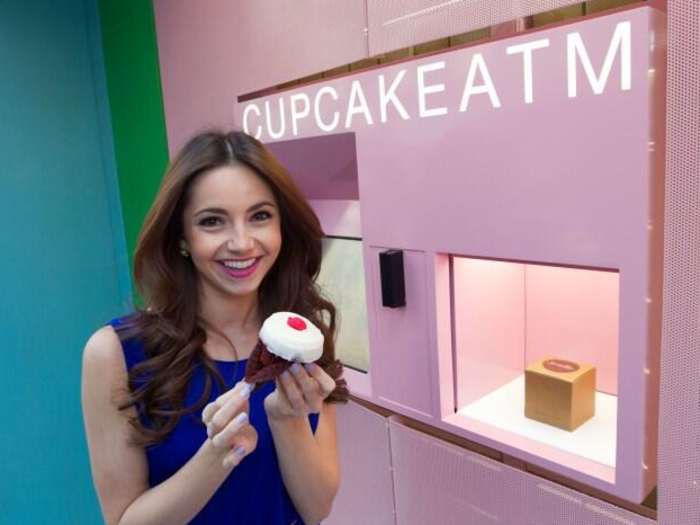The Rise And Fall Of The Crumbs Cupcake Empire
Three years after Sex and the City inspired a cupcake craze, Crumbs was born.

Crumbs was a huge hit.
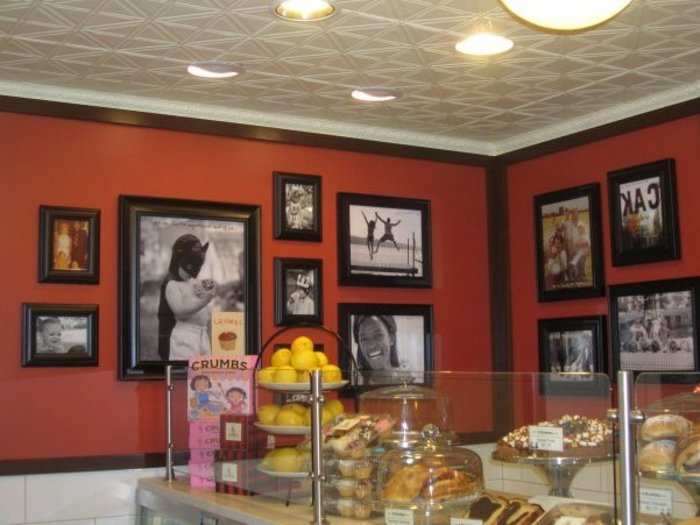
People went crazy for Crumbs' cupcakes, and the company was able to sell its gourmet product for as much as $4.50 a pop.
In an interview with Newsweek, Jason Bauer explained why the cupcakes were such a hit.
"If you rewind to 2002, cupcakes were vanilla, chocolate, lemon, or strawberry, maybe with sprinkles," he said. "When we opened our stores, Mia created three types of cupcakes with cool fillings, frostings, and decorations. Every day they sold out, so we decided to expand that line and continued to grow it. We started making gourmet cupcakes and [that’s] what has now become the industry standard."
Crumbs' cupcakes now come in more than 75 flavors and range from the 1-inch-tall "Taste" cupcake to the 6.5-inch-tall "Colossal," which can feed up to six people.
Next came a nationwide expansion.
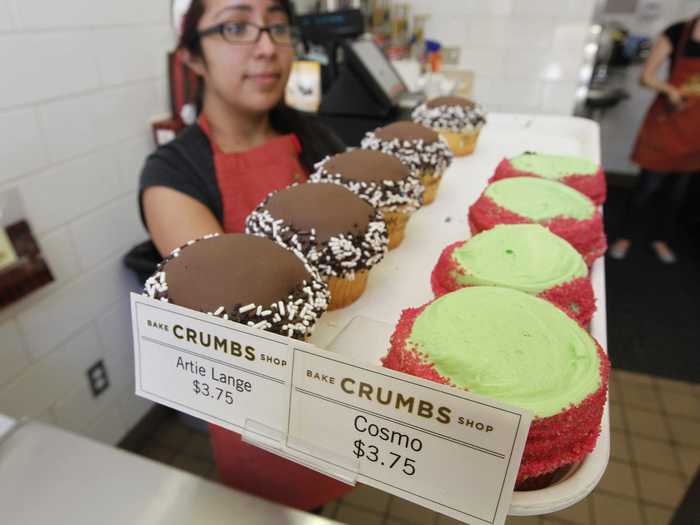
Crumbs started opening more shops in New York and expanded to Philadelphia, D.C., and Beverly Hills, among other cities.
But at the same time, hundreds of other cupcake bakeries opened across the U.S. Among them were Sprinkles Cupcakes, which launched in 2005; Cupcake Nouveau in 2007; and Georgetown Cupcake in 2008.
As the cupcake craze ballooned, television networks began taking notice. The Food Network started airing "Cupcake Wars" and TLC launched "DC Cupcakes," a show about Georgetown Cupcake and its owners.
The Bauers sold half their stake in Crumbs for $10 million in 2008, and the empire kept growing.

Two years later, Crumbs was named one of Inc. Magazine’s 500 fastest-growing companies in America and it moved into new corporate headquarters near Bryant Park in Manhattan.
With more than two dozen shops open around the U.S. in 2010, Crumbs generated about $1.8 million in net income on $31.1 million in sales and estimated that it would double its profit to as much as $3.9 million the following year, according to Daily Finance.
In 2011, the average check size was $19, with most customers buying cupcakes in bulk. That year, the typical Crumbs store generated more than $1,000 of annual sales per square foot, which was comparable with McDonald's when it came to sales volume, according to Daily Finance.
The company revealed an aggressive plan for cupcake market domination.

When Crumbs opened in 2003, there were only three bakeries devoted to cupcakes nationwide, according to Newsweek. By 2011, there were hundreds.
Bauer said Crumbs would remain competitive by expanding rapidly.
"We’re looking to open 200 stores by the end of 2014. I want to be the national neighborhood local bakery," he told Newsweek. "Twenty years ago, people didn’t go to Walmart to buy a birthday cake. They went to a bakery. We want it to be that way again. We want to be the neighborhood bakery in every town across the country. We’re trying to position ourselves as the dessert destination."
Crumbs was acquired for $66 million in 2011 as it prepared to go public.
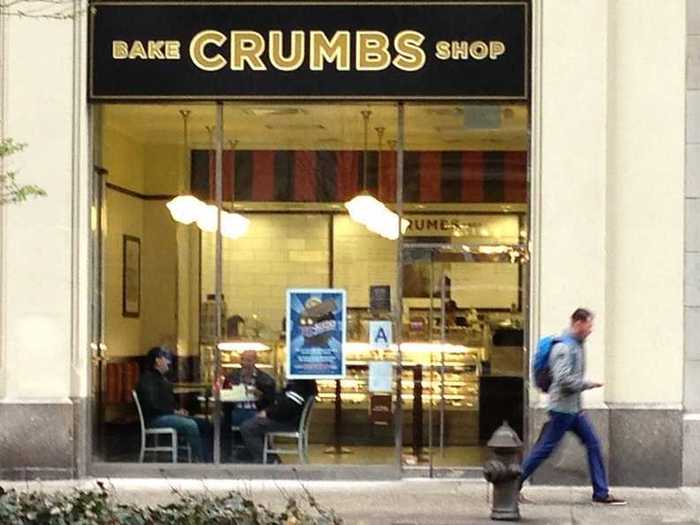
A holding company called 57th Street General Acquisition Corp. acquired Crumbs and took it public in June 2011 at a price of $13 per share. Crumbs had 35 locations at the time.
But beneath the surface, trouble was brewing.
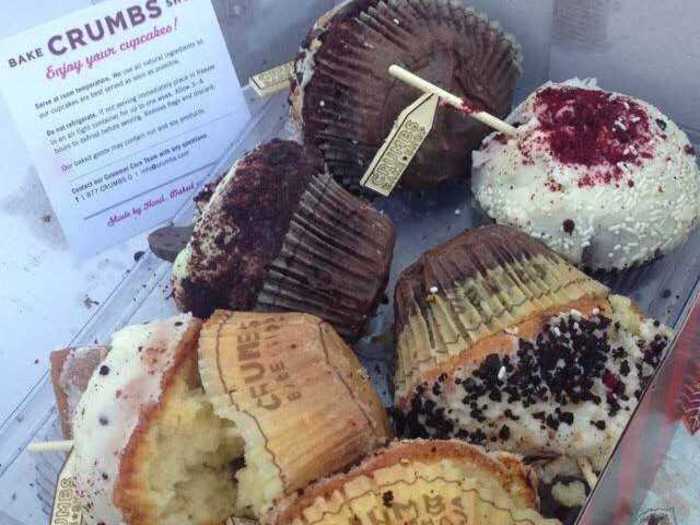
Crumbs' troubles began in mid-2011, when it was orchestrating a massive expansion, according to former Crumbs President and CEO Julian Geiger.
Same-stores sales started declining as the cupcake market was rapidly growing more crowded, and analysts began warning of a possible cupcake bubble.
Crumbs was also plagued by high real estate costs, according to Darren Tristano, executive vice president at the food industry research firm Technomic.
The company's shops averaged about 1,000 square feet, with one outlet near Chicago measuring 3,300 square feet, Tristano told Crain's New York Business reporter Aaron Elstein.
"That meant high rents and lots of extra space in places where shoppers seldom lingered," Elstein wrote.
The Wall Street Journal would later conclude that Crumbs' downfall was the result of mass "gourmet-cupcake burnout."
After a lackluster earnings report, Crumbs' stock suddenly crashed.
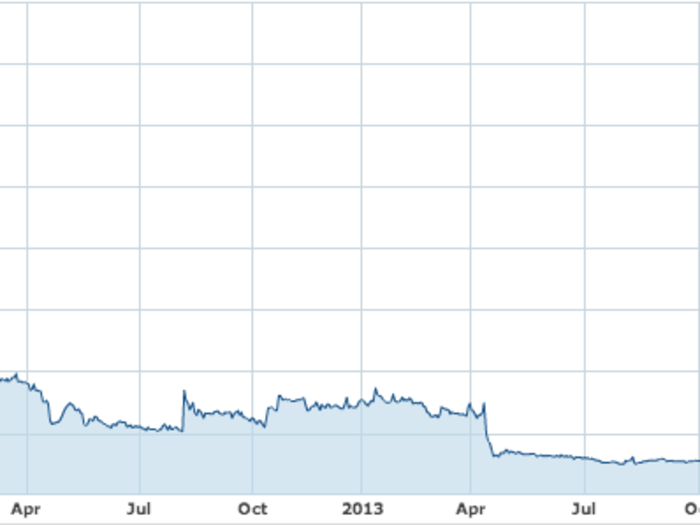
The company reported in August 2011 that same-store sales fell 6% in the three months ending June 30 of that year. By September, Crumbs stock had plunged to $3.75 from its $13 IPO price.
In November, Jason Bauer resigned from his position as president and CEO.
In 2013, the Crumbs empire finally began to cave.
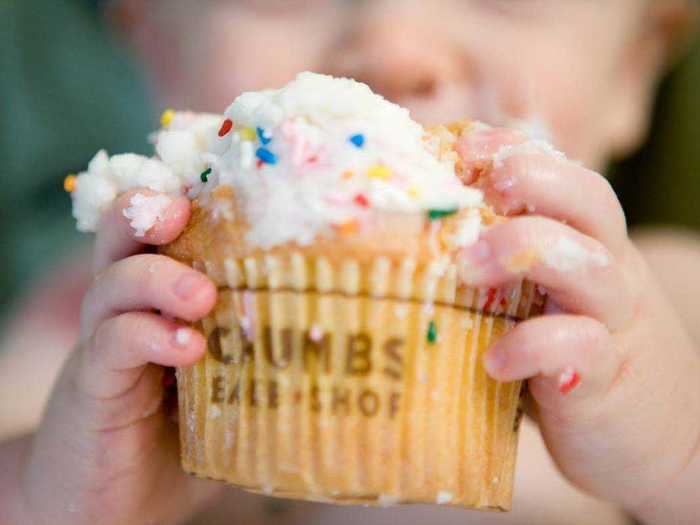
Despite falling same-store sales, the company kept opening new locations for several years, climbing to 70 locations in 2013, up from 35 in mid-2011.
Eventually, the chain started closing stores.
"We have talked repeatedly about wanting to close certain underperforming stores within our real estate portfolio," former CEO Julian Geiger said in an August 2013 conference call. "We are making real progress."
The chain is now down to 58 locations, according to Crumbs' most recent filing with the SEC. It plans to continue closing underperforming stores this year.
The company is now looking for others ways to make a profit.
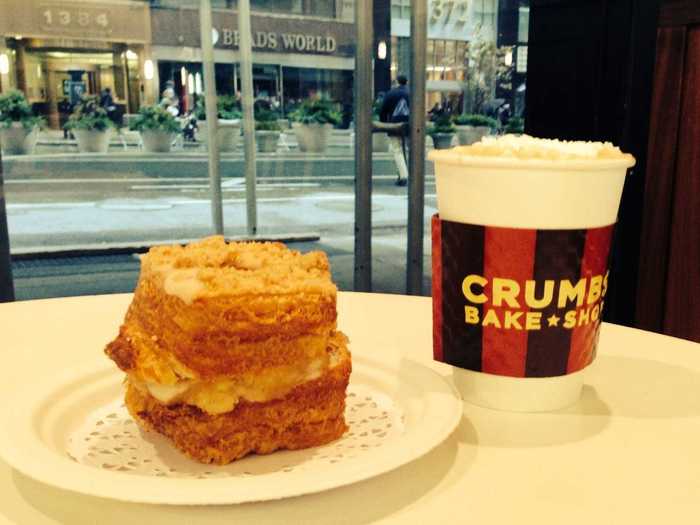
Crumbs reported a net loss of $15.3 million in 2013, up from a $7.7 million loss in 2012.
The company is trying to offset its declines by licensing its treats, with coffee and bake mixes to be sold in grocery stores.
Crumbs began selling the Crumbnut — which is a twist on the much-hyped cronut — as well as assorted cupcakes and ice cream cakes at BJ's Wholesale Club in April.
"We have known for quite some time now that we needed to evolve our business model," CEO Edward M. Slezak said in a March 2013 release. Our focus for 2014 will be on executing our initiatives and strategies of licensing our brand for complimentary product categories, positioning ourselves to move toward a franchise store model, and continuing to close under-performing stores. We believe these actions will put our business on a trajectory toward increased growth and vitality in the future."
But the outlook is bleak.
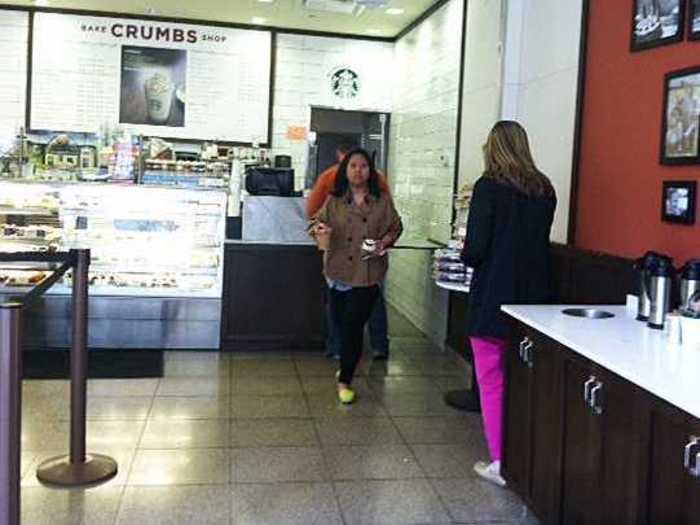
Crumbs auditors recently expressed "substantial doubt" over whether the company can stay in business.
The company also sees some obstacles to continuing operations, according to its most recently SEC filing. In its 10-Q, the company wrote:
"We need additional capital to fund future cash flow requirements, and we may not be able to obtain such funds on acceptable terms. Raising additional funds by issuing securities or through lending or licensing arrangements may cause dilution to [Crumbs'] existing security holders, restrict our operations or require us to relinquish proprietary rights. Management believes that our cash flow requirements will likely consume our existing capital resources and cash from anticipated sales unless we are able to raise additional funds prior to June 30, 2014."
And the company's founders have "moved on."

Crumbs co-founder Jason Bauer recently launched a real estate brokerage firm called Voda Bauer.
While he and his wife retain an 8.5% stake in Crumbs, he said he's "moved on" from the cupcake business.
"I'm disappointed with the company's performance and stock price," Bauer told Crain's New York Business, "but I've moved on."
Popular Right Now
Popular Keywords
Advertisement
